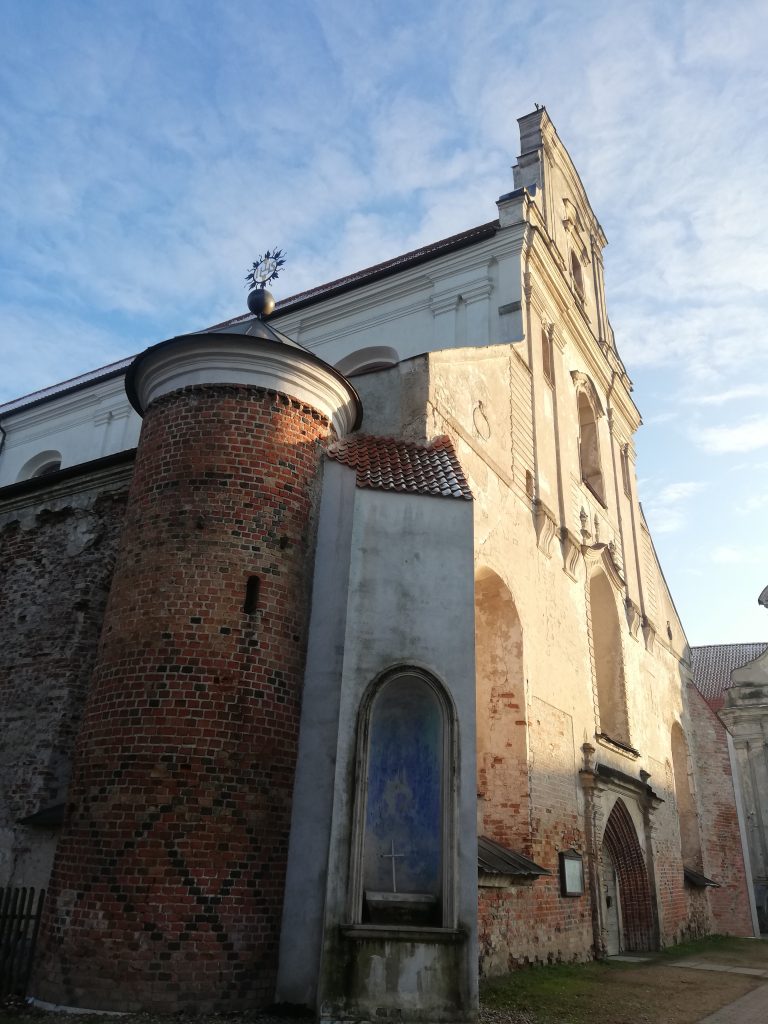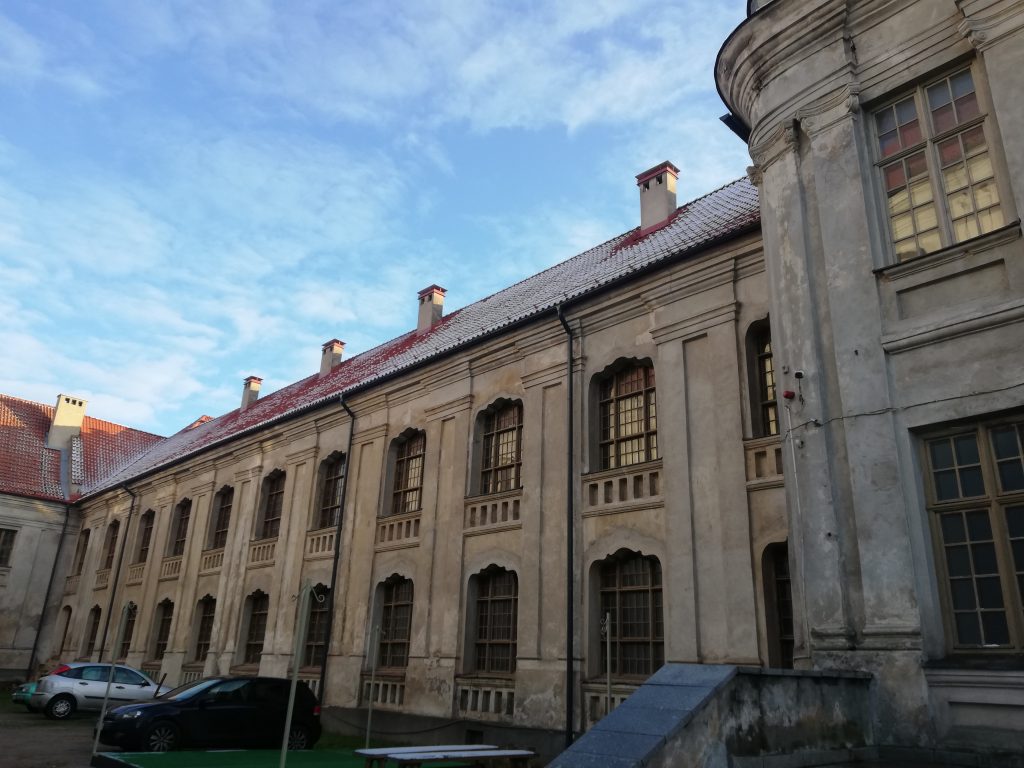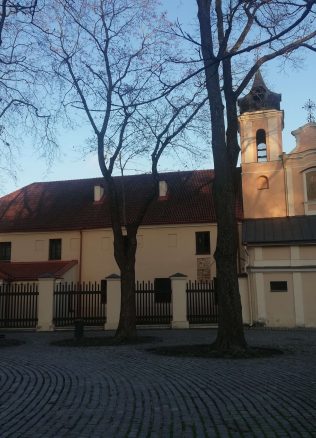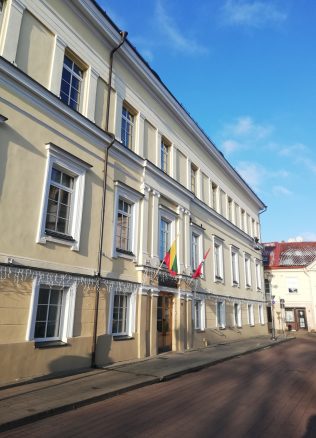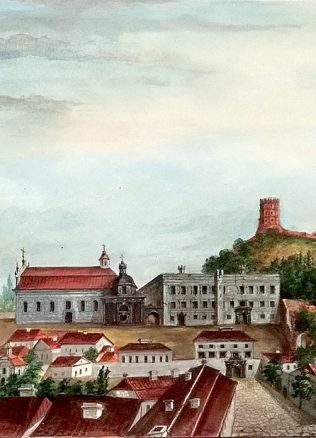Franciscan Friary
Franciscan conventuals settled in the Lithuanian capital back in the late 14th century. They enjoyed the patronage of King Władysław II Jagiełło and the leader of the city’s German community Hanul. In 1387 Hanul entrusted the Franciscans with the Church of St Nicholas and since then they took good care of the oldest Catholic place of worship in Lithuania and did much to ensure its preservation.
After the baptism of Lithuania in 1387, the Franciscans were among the first to teach the neophytes that acts of goodwill would ensure that their names, and even those of their relatives, were inscribed in the heavenly Book of Life. In order to go to the eternal land of happiness, a number of magnate families turned their patronage of local Franciscans into a tradition sustained over generations.
Wealthy Vilnans did their best to enter the books of life. Maciej Walach and his wife were famed for their generosity once they consigned landed property in Nemėžis to Franciscans in 1422. Theirs was far from a singular example, in 1468 Vilnius Burgomaster Lukas donated them to land in Lukėnai.
A number of benefactors and pilgrim donations amounted to substantial amounts of money; therefore, it is no wonder that already in the first half of the 15th century Franciscans were able to finance one of the most beautiful Gothic churches in Vilnius in a comparably short time.
In the second half of the 18th century, Vilnan Franciscans carried out a number of grand and costly projects. They merged the buildings of their friary into a huge complex, erected a belfry next to the St Nicholas Church, and bought it new pews and an organ. Another large and beautiful organ was installed in their own Ascension Church. Until the closing of the church in 1864, its old Gothic belfry housed the Ciechanovicz Bell, named after the Franciscan friar who had funded its casting in the 17th century.
Learn more about Franciscan Friary by clicking on this link.
Address: Trakų str. 9
